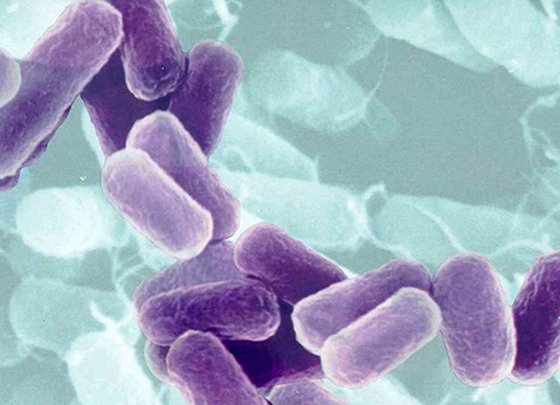I Shall Call You Squishy
Clap your clams, say yeah!
Crabby Days
Salty Mix
Staring at the Sea
100
What are the two main specialized cells that sponges have and what is their function?
Pore cells- allow water into the sponge
Collar cells (choanocytes)- filter the water for food and help to draw water into the cell
100
What is the function of the mantle?
The mantle covers the visceral mass. It secretes the shell for molluscs that have a shell. In shell-less molluscs, the mantle helps to protect the organism.
100
What kind of eyes do arthropods have?
Arthropods have compound eyes that are made up individual facets.


100
What is the function of ctenidia?
Ctenidia are also known as the gills. They absorb dissolved oxygen from the water and release carbon dioxide.
100
What kind of survival strategy does this organism display?


Warning coloration- This organism has bright colors to warn predators that it is poisonous
200
Compare a polyp and a medusa.
Both are body types found in organisms in the Phylum Cnidaria. Polyps are attached to the ground or other surface and they have a vase-shape with the tentacles at the top.
Medusa are free-swimming with the tentacles at the bottom of the organism.


200
Name the class of each organism: Nudibranch, Nautilus, Mussel
Nudibranch=Class Gastropoda

Nautilus= Class Cephalopoda

Mussel= Class Bivalvia


Nautilus= Class Cephalopoda

Mussel= Class Bivalvia

200
If two organisms are in the same Order, which other classification groups do they share?
They will also share: Domain, Kingdom, Phylum, Class
200
What class is this mollusc in and what are the structures are allowing it to camouflage?


Class Cephalopoda.
They have chromatophores which are special pigments cells on their mantle that can change colors.
300
Why are animals in the Phylum Porifera considered to be the simplest animals?
They do not have any organs or specialized tissues. They do not have a coelom, nervous system, or circulatory system.
300
Describe how a squid uses its mantle to move.
It expands the mantle which sucks water in. Then it squeezes its mantle to force water through its funnel. This propels the squid forward.
300
What is one advantage and one disadvantage to having an exoskeleton?
One advantage is that the exoskeleton is strong and it can protect the animal inside. One disadvantage is that when the animal becomes too large for its exoskeleton, it must molt, which leaves the animal temporarily vulnerable while it grows a new exoskeleton.
300
How do shelled marine gastropods protect themselves from drying out?
Marine gastropods with shells have an operculum which helps to seal the animal within its shell to prevent drying out.


300
Describe two challenges of living in the bathyal zone.
1) No sunlight.
2) Cold.
3) Not a lot of food.
4) Increase pressure

2) Cold.
3) Not a lot of food.
4) Increase pressure

400
Describe how a jelly eats.
It stings its prey with its nematocysts. Then their tentacles bring the paralyzed prey to its mouth where the prey is digested and absorbed. Some jellies can get energy from algae if they have algae inside of them.


400
Compare how a clam and snail eat.
Clams and snails use different ways to feed and different structures. Clams are filter feeders. They filter the water for food with their gills. Then the particles are passed to their mouths. Snails scrape up food with their radula. The food is passed from their radula into their mouth.
400
Describe and compare the circulatory system of a crab and an octopus.
A crab has an open circulatory system which means that blood is pumped into spaces called sinuses. The blood is not enclosed in vessels throughout the body.
An octopus has a closed circulatory system which means blood is pumped through vessels throughout the entire body back to the heart.

An octopus has a closed circulatory system which means blood is pumped through vessels throughout the entire body back to the heart.

400
Compare hiberation and migration.
Both hibernation and migration are seasonal innate behaviors that help an animal cope with changes in temperature and food availability. Hibernation is a period of inactivity so an animal can conserve energy and avoid cold temperatures in the winter. Migration is an active behavior where an animal moves to a different place.
400
Compare this photosynthetic bacteria

to this diatom


to this diatom

Both are able to photosynthesize. The bacteria is prokaryotic (DNA is not enclosed in a nucleus), but the diatom is eukaryotic (DNA is enclosed in a nucleus.)

